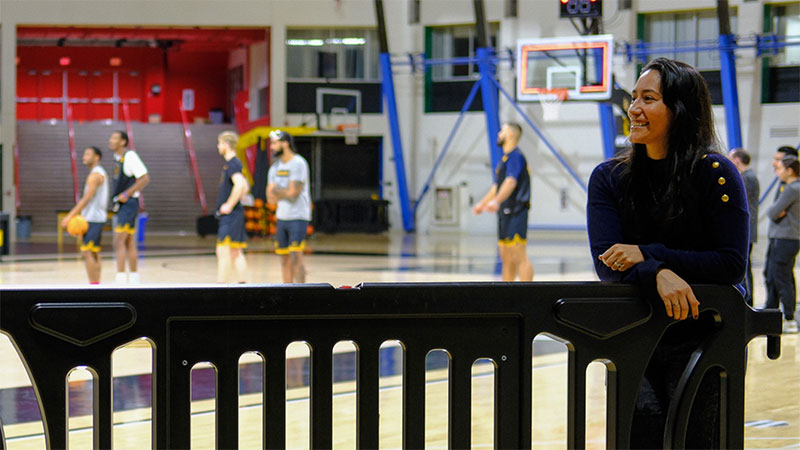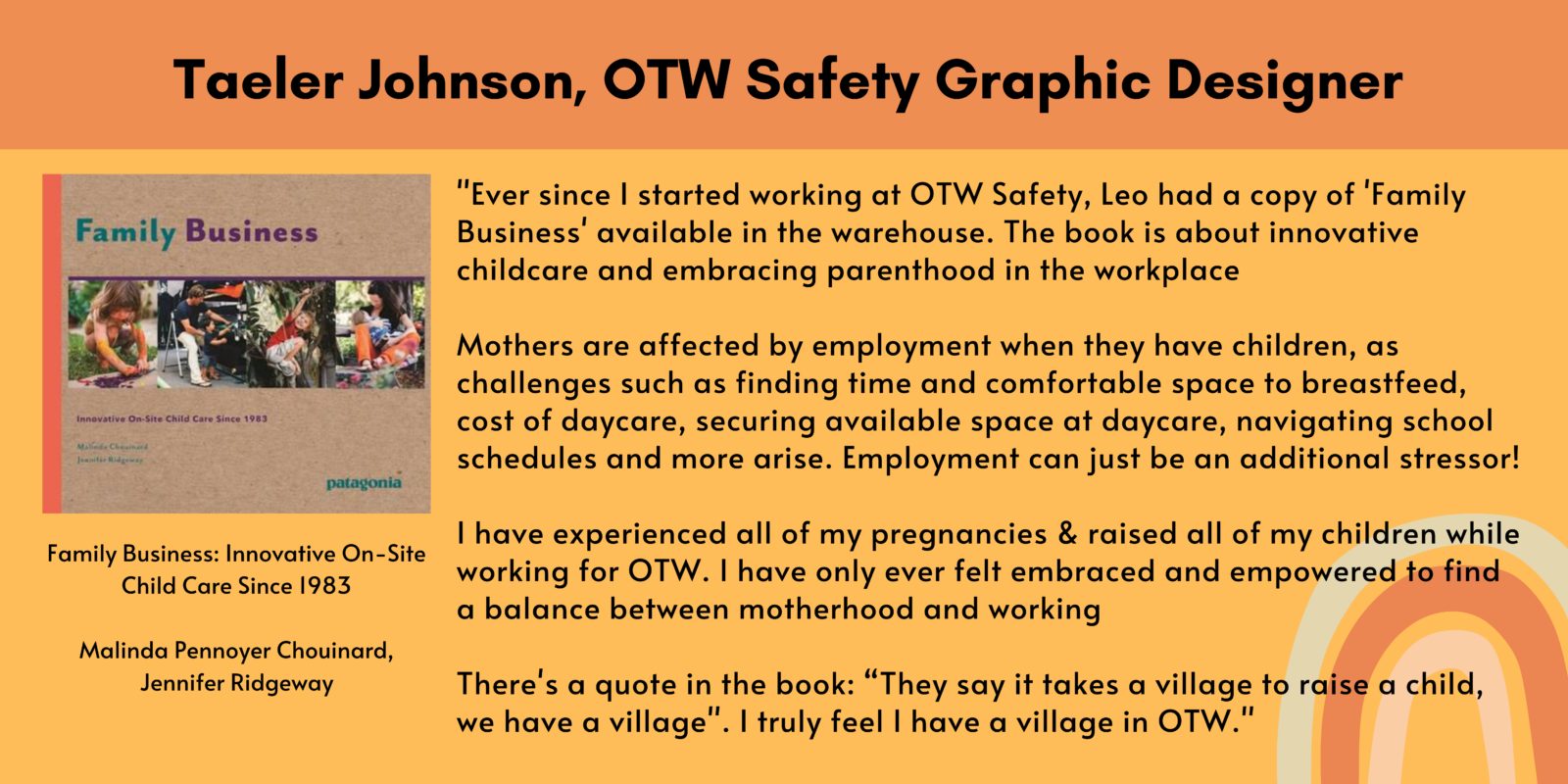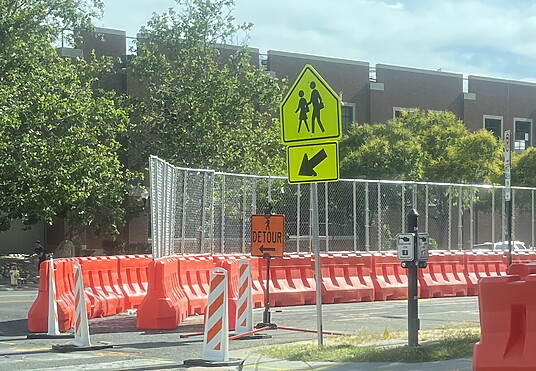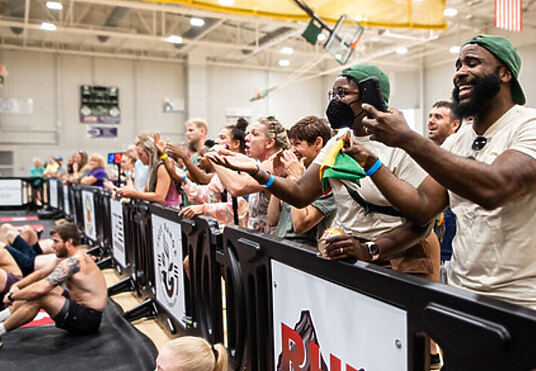Women in Safety

While women make up more than 50% of the United State’s (U.S.) workforce, they continually face underrepresentation within leadership roles*. In addition, they often make less money than their male peers.
You’ve likely heard these statistics before. The U.S. safety industry is not exempt from this trend. In fact, within the U.S. safety industry, women make up less than half of the workforce. Moreover, they face even more obstacles to receiving leadership roles than in other industries (American Society of Safety Professionals).
Why is this the case?
- Institutional and societal obstacles which have acted as barriers to women pursuing academic and professional careers in safety.
- Unconscious bias developed due to personal traditions and values as well as cultural experiences.
- A lack of women in senior-level roles which equates to less women involved in strategic decision making.
- Lacking mentorship and sponsorship.
- And much more.
Why is the gender gap problematic?
Without women and other marginalized voices contributing to all levels of the safety industry, we risk overlooking hazards that affect much of the working population (EHS Today, ASSP).
“When women aren’t adequately embedded in every level of an organization, blind spots ensue and risks affecting a large portion of the working population are often overlooked.” (ASSP, 2019, p. 4)
Every gender faces diverse occupational risks. Though approaches to safety are often one-size-fits-all, neglecting the need for gender-specific solutions.
Consider the danger of improperly fitting PPE. This is one of the leading causes of workplace injuries every year. For example, women report an endless struggle to attain PPE that accommodates and fully protects ALL body types. Faced with oversized goggles, a lack of maternity options or women’s PPE limited to ‘junior’ sizes, they are prone to unnecessary risks. When occupational injuries do occur due to ill-fitting PPE and other hazards, different genders may even receive varying amounts of worker’s compensation.
Further, the gap indicates that safety professionals who identify as women do not have the same opportunities to advance their careers.
The number of women entering the safety workforce continues to climb on a yearly basis. Despite the number of women entering the industry, it remains one that is male-dominated. The ASSP reports an increase in the amount of women in entry and mid-level safety roles but far more men remain within the industry than women.
McKinsey and LeanIn’s 2019 survey highlights the obstacles women face when attempting to progress in their careers as opposed to men. It’s no surprise then that women only comprise a fifth of the U.S. C-Suite.
“Regardless of industry, for every 100 men promoted to managers, 79 women are promoted to managers. This means men hold 62 percent of manager positions, while women hold 38 percent.
(“Women in the Workplace 2018,” a joint study from McKinsey and Company and LeanIn.org.)”
The need for more gender diversity in safety is clear.
To improve safety products and practices, accurate representation of the people and the workers who we are trying to protect is essential. Workplace diversity provides multifaceted perspectives due to diverse backgrounds, educations and life experiences.
Diverse problems demand diverse voices.
On this Women’s Equality Day, let’s remember the importance of advocating for gender equality and equity. Not only in safety, but across all industries and levels of education.
From the women of OTW Safety:



*ALL women – In this text, ‘women’ and ‘woman’ are used to describe any person who identifies as a woman.


